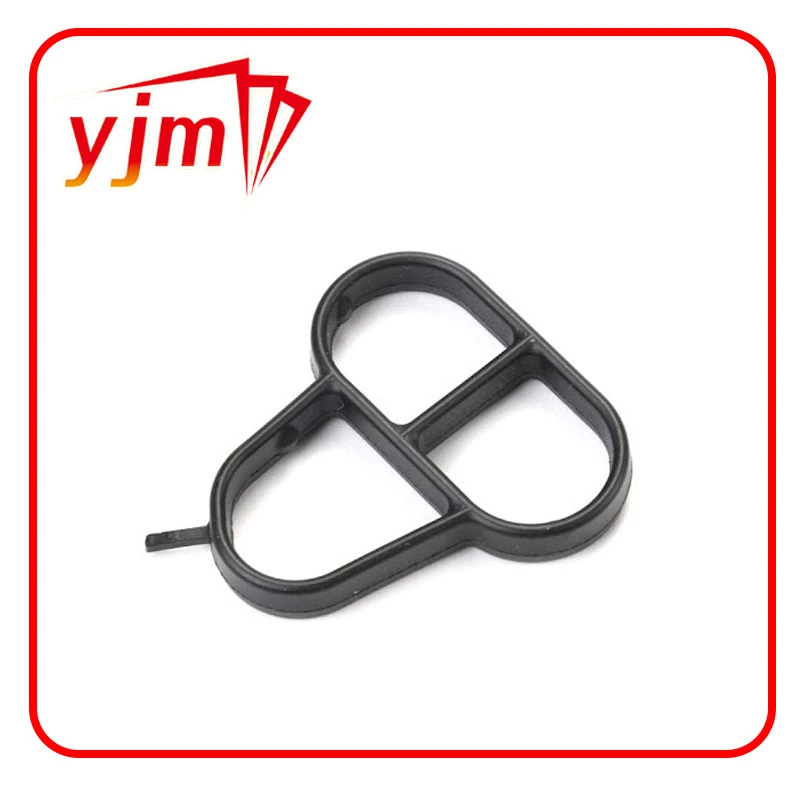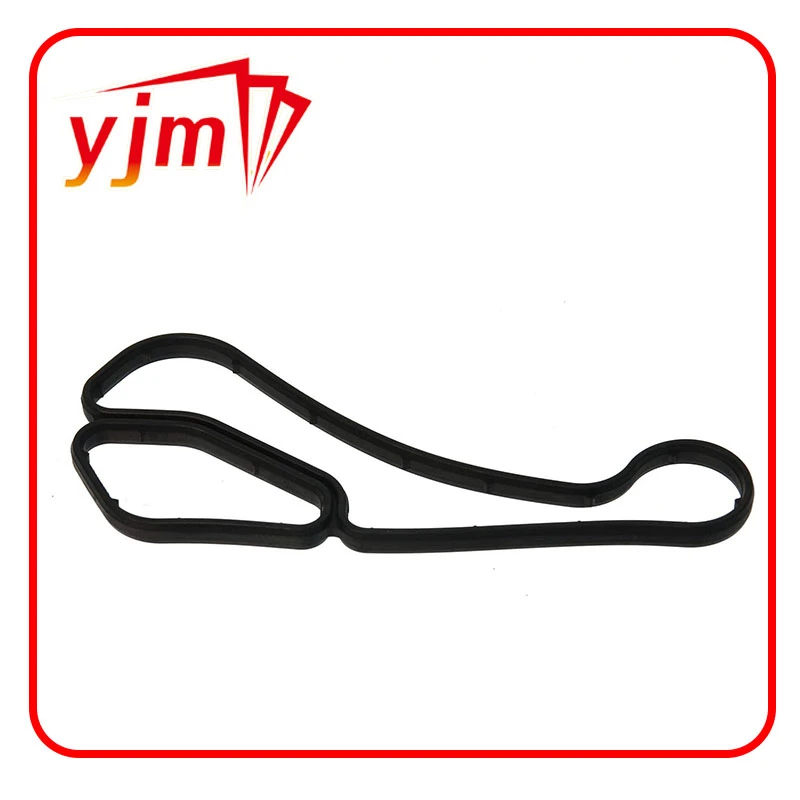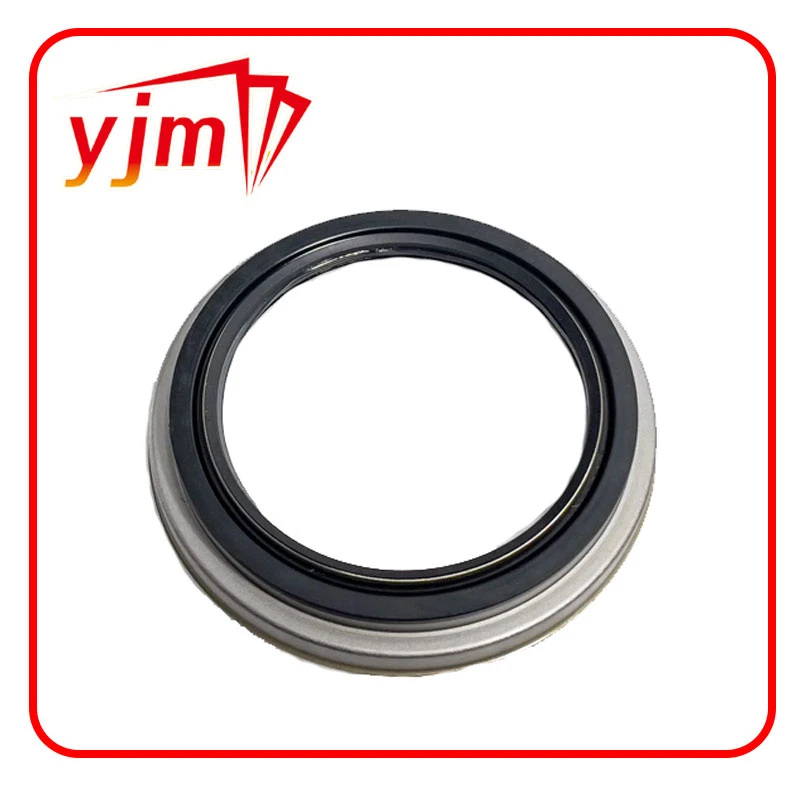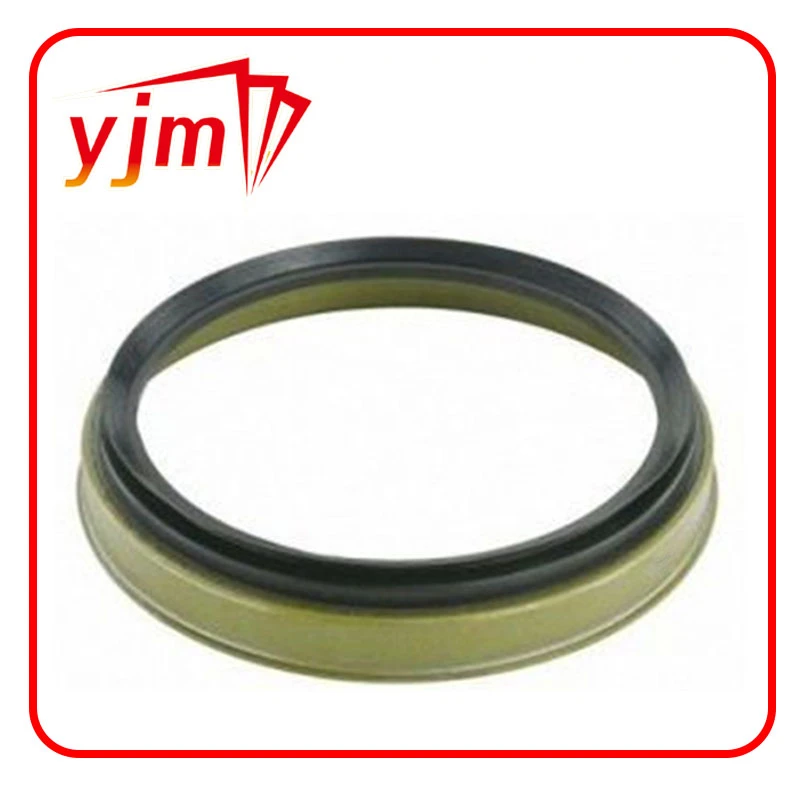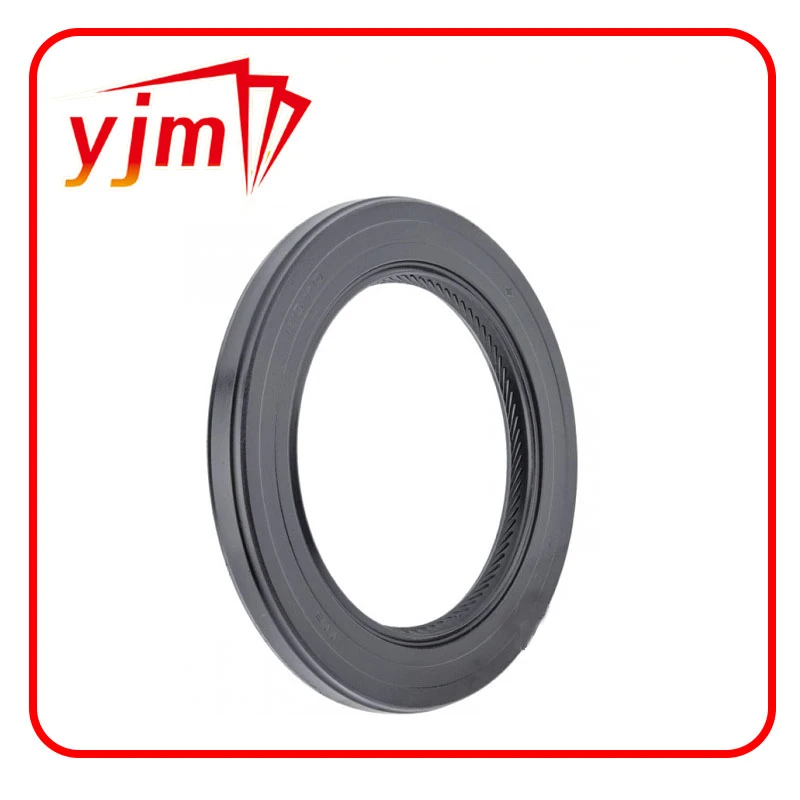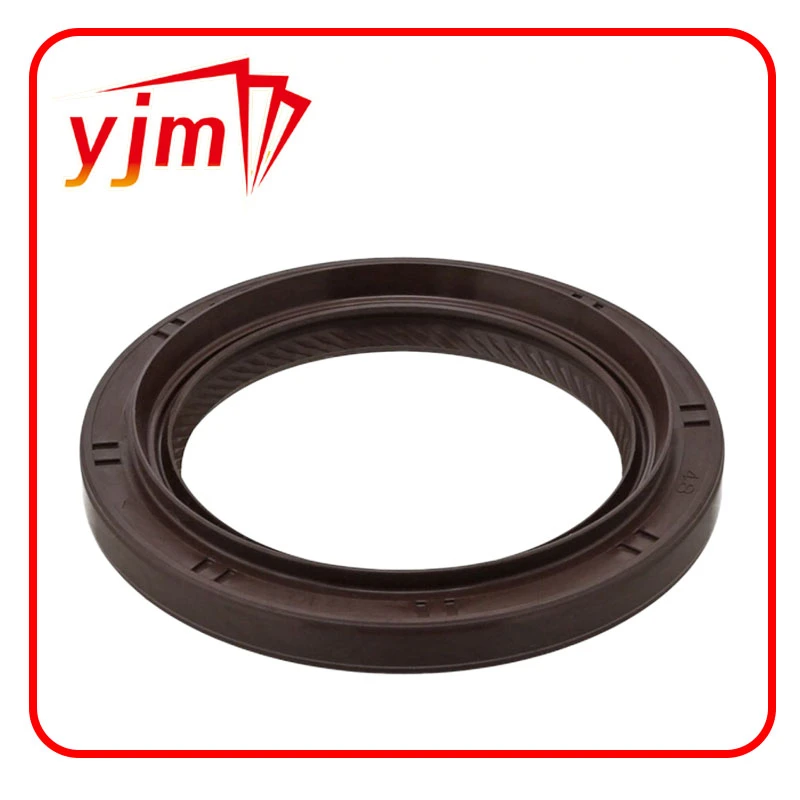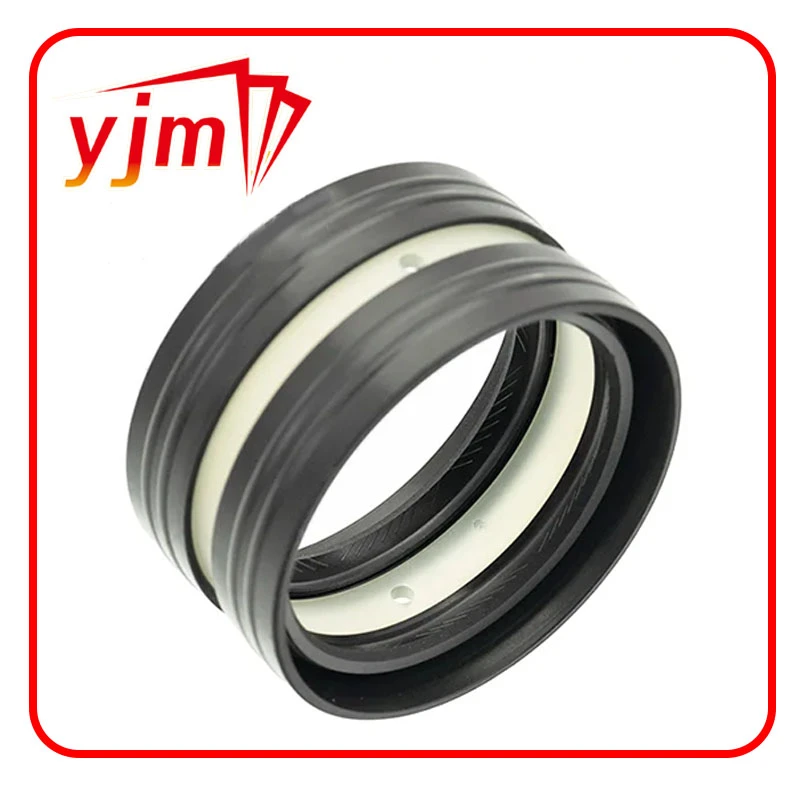Oil Seal 25 35 7 – Durable Solutions for Industrial Equipment
Why the Oil Seal 25 35 7 Stands Out in Industrial Equipment
If you’ve ever worked in the equipment maintenance or manufacturing sectors, you know that seals are often the unsung heroes of uptime and reliability. The oil seal 25 35 7 is one of those components that, on paper, sounds like a trivial piece—just a small ring sealing oil where it’s not supposed to leak. But honestly? Their performance can make or break a complex mechanical system.
This particular size—25 mm inner diameter, 35 mm outer diameter, 7 mm width—is popular for its balance between compactness and durability. It’s the kind of seal you might find on mid-sized pumps, gearboxes, or conveyor shafts. I remember a plant where switching to this specific seal size—made with nitrile butyl rubber—reduced leakage issues that had plagued a production line for months. It was almost like the machines breathed easier after that.
Materials, Design, and Why It Matters
Oil seals like the 25 35 7 often consist of a rubber sealing lip, a steel reinforcement ring, and sometimes a garter spring for added tension against the shaft. Materials matter a lot. NBR (nitrile butadiene rubber) is quite common for petroleum-based oils, whereas FKM (fluoro rubber) is preferred where higher temperatures or chemical resistance come into play.
What I’ve noticed is that many engineers say the tight balance between hardness and flexibility is crucial. Too stiff, and the lip wears the shaft down; too soft, and it won't hold the pressure. That’s why manufacturers often run these seals through thorough dynamic and static leakage tests — partly in-house, sometimes third-party. The oil seal 25 35 7 typically withstands shaft speeds up to roughly 12 meters per second, depending on exact material choice.
Oil Seal 25 35 7 Product Specifications
| Specification | Details |
|---|---|
| Inner Diameter | 25 mm |
| Outer Diameter | 35 mm |
| Width | 7 mm |
| Material | NBR (Nitrile Butadiene Rubber) |
| Temperature Range | -30°C to +100°C |
| Max Shaft Speed | Approx. 12 m/s |
| Spring | Single garter spring for lip tension |
| Color | Black |
How Suppliers Stack Up: A Quick Vendor Comparison
Now, I’m sure you’ve experienced the variation across manufacturers in tolerances, material quality, and shipping reliability. Here’s a short snapshot of three well-known vendors that supply seals like the 25 35 7:
| Vendor | Material Quality | Tolerance Precision | Delivery Speed | Price (approx.) |
|---|---|---|---|---|
| YJM Seal | High-grade NBR, durable | ±0.02 mm | 5-7 days | $$ |
| Vendor B | Standard NBR | ±0.05 mm | 7-10 days | $ |
| Vendor C | Mixed quality, varying batches | ±0.1 mm | Varies | $ - $$ |
Personally, I lean towards suppliers like YJM Seal because of consistent quality controls—surprising how much peace of mind that buys you in the field. Their seals don't just fit but last longer and hold up under tough operating conditions.
Real-World Use & Why Customization Matters
Over the years, I’ve seen the oil seal 25 35 7 used in everything from agricultural machinery to HVAC units. Oddly enough, despite its “standard” size, customization—especially in compound formulation—makes a significant difference depending on the environment. You might want a tougher compound for dirt or corrosive oils.
One case comes to mind where a manufacturer faced repeated downtime due to premature wear on seals in a wet, abrasive environment. Switching to a fluoro rubber compound with a modified spring load on the 25 35 7 seal improved their MTBF (mean time between failure) by over 40%. That kind of real performance feels great to read about — or better yet, to fix firsthand.
So if you’re in the market for reliable sealing—whether it’s replacement or new design—keeping an eye on specs, materials, and supplier reputation is crucial. It’s not glamorous, but it’s worth it.
Before I wrap up, if you’re curious, here’s a quick reminder: great seals often fly under the radar until they fail spectacularly. So treat them well. And if you want a solid starting point, check out the oil seal 25 35 7 options from YJM Seal.
References/Further reading:
- Industrial Sealing Solutions, 2022, Sealing Tech Journal
- YJM Seal Product Catalog 2024
- Practical Machinery Maintenance, R. Smith, 2018
-
Seal 12x20x5: Precision Radial Shaft Seals for Industrial Reliability
News Nov.24,2025
-
Seal 12x18x5: Essential Guide to Specifications, Applications & Vendors
News Nov.24,2025
-
Understanding Seal 12 20 5: Applications, Specifications & Industry Insights
News Nov.23,2025
-
Durable Oil Seal 85x110x12 – Reliable Sealing Solutions for Industry
News Nov.23,2025
-
Durable and Precise Oil Seal 75x95x10 for Efficient Machinery | YJM Seal
News Nov.22,2025
-
Durable Oil Seal 75x100x10 for Reliable Industrial Performance | YJM Seal
News Nov.22,2025
-
High-Quality Oil Seal 65x90x10 | Durable & Reliable Sealing Solutions
News Nov.22,2025
Products categories

